Your RV’s slide-out is a fantastic feature that offers extra living space with the simple push of a button. However, this extension gets exposed to the elements when deployed, which can lead to wear and tear over time. Slide-out awning covers, also known as slide toppers, provide a crucial layer of protection for this essential part of your RV. This guide explains what slide-out awning covers are, outlines their benefits, and offers practical maintenance tips to ensure they last for years.
What Are Slide-Out Awning Covers?
A slide-out awning cover is a protective fabric canopy that extends and retracts with your RV’s slide-out room. Its primary function is to shield the top of the slide-out from weather, debris, and sunlight.
When you use your RV slide controller to extend the slide-out, the awning unrolls from a spring-loaded roller tube attached to the main body of the RV. A rail on the outer edge of the slide-out pulls the fabric taut, creating a sloped roof over the slide-out box. When you retract the slide-out, the awning automatically rolls back into its housing.
These covers are typically made from durable, weather-resistant materials designed to withstand outdoor conditions. The two most common materials are:
- Vinyl: This material is highly waterproof and easy to clean. Laminated vinyl is strong and resistant to UV rays, while coated vinyl offers superior durability and flexibility. It’s an excellent choice for protection against rain and moisture.
- Acrylic: Woven acrylic fabric is breathable, which helps prevent mildew growth by allowing moisture to evaporate. It is also highly resistant to fading from sun exposure and maintains its color well over time.

Key Benefits of Slide-Out Awning Covers
Installing slide-out awning covers offers several significant advantages for RV owners. They protect your investment, improve comfort, and reduce the time you spend on maintenance.
Protection From the Elements
One of the most immediate benefits is the protection awnings provide against the weather. They act as a primary barrier, shielding the slide-out roof from direct exposure to rain, snow, and harsh UV rays. This is particularly important for preventing water from pooling on top of the slide-out. Standing water can eventually seep into seals, leading to costly water damage and interior leaks.
By ensuring water runs off, an awning cover helps maintain the integrity of your RV’s seals and structure. Furthermore, the cover blocks sunlight, which can degrade and crack the slide-out’s roof membrane and seals over time.
Prolonging the Life of Your RV
Slide-out awning covers also play a vital role in protecting your RV from physical damage. They prevent leaves, pine needles, branches, and other debris from accumulating on top of the slide-out. Without a cover, this debris gets pulled into the RV when you retract the room, potentially damaging the rubber seals that keep your interior weatherproof.
Damaged seals are a common source of leaks and drafts. By keeping the slide-out roof clean, the awning reduces wear and tear on the seals and the slide mechanism itself, helping you avoid expensive repairs and prolonging the life of your RV.
Enhancing Comfort
Beyond protection, slide-out awnings contribute to a more comfortable interior environment. By blocking direct sunlight, the awning acts as a shade barrier for the slide-out roof, which can significantly reduce heat buildup inside your RV on hot days.
This helps your air conditioning system work more efficiently, saving energy and keeping you cooler. The awnings also dampen the noise from rain or hail hitting the slide-out roof, creating a quieter and more peaceful living space during bad weather.
Easy to Use and Maintain
Modern slide-out awning covers are designed for convenience. They operate automatically with the slide-out room, so there is no extra setup or takedown required once they are installed.
This automated function keeps your slide-out protected without any additional effort. The slide-out cover’s low-maintenance design makes it a practical addition for any RV owner, offering a simple “set it and forget it” solution to protect one of your RV’s most valuable features.

Maintenance Tips for Slide-Out Awning Covers
While low maintenance is a standout benefit of the slide-out awning cover, regular care is necessary to ensure it functions correctly and lasts as long as possible. A consistent maintenance routine will prevent minor issues from becoming major problems.
Regular Cleaning
Cleaning your awning covers is essential for preventing the buildup of dirt, mildew, and grime that can degrade the fabric. It is a good practice to clean them after each trip or at least once a month if you are a full-time RVer.
Use a soft-bristle brush, mild soap (like dish soap), and water to scrub the fabric gently. Don’t use harsh chemicals or abrasive cleaners, since they’ll likely damage the material’s protective coating. Rinse the fabric thoroughly to remove all soap residue and let it air dry completely before retracting it to prevent mold and mildew growth.
Inspect for Damage
Perform regular visual inspections of your awning covers. Look for any signs of wear, such as small tears, frayed edges, or pinholes in the fabric. Check the stitching along the seams to ensure it is secure.
It’s also vital to check for any black or green spots while you’re at it, which are clear indications of mold or mildew. Addressing small tears with a vinyl or fabric patch kit immediately can prevent them from getting larger. If you notice significant damage, it may be time to consider replacing the fabric.
Lubricating Moving Parts
The mechanical parts of your slide-out awning require occasional lubrication to operate smoothly. The spring-loaded roller tube and hinges can become stiff over time, especially if exposed to dirt and moisture.
Applying a dry silicone-based lubricant to these moving parts once or twice a year will ensure the awning extends and retracts without binding. Be careful not to spray the lubricant directly on the awning fabric, as it can cause stains or damage.
Proper Storage During Off-Season
If you store your RV for an extended period, especially during the off-season, proper storage of your awnings is crucial. Make sure the awnings are completely clean and dry before you retract the slide-outs for the final time.
Storing them while damp can lead to significant mold and mildew problems that are difficult to remove. If your RV is stored outdoors, consider using an RV cover to provide an extra layer of protection for the entire vehicle, including the retracted awnings.
Protecting Against Harsh Weather
While awning covers are durable, they are not indestructible. In areas prone to heavy snowfall, the weight of accumulated snow can strain the fabric and the roller mechanism. Use a broom or an awning rake with a soft head to carefully remove heavy snow.
During high winds or severe storms, it is often best to retract your slide-outs to protect the awnings from wind-whip or flying debris damage. Some RV owners use awning support poles for added stability during moderate weather conditions.



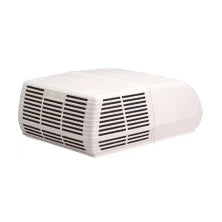
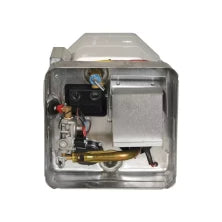
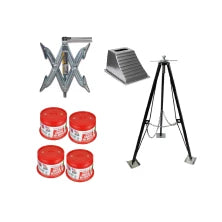
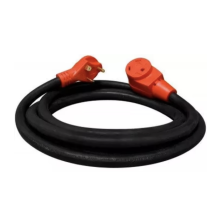

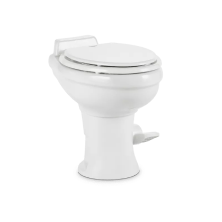
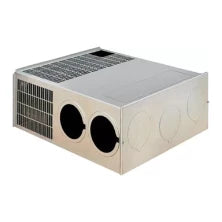
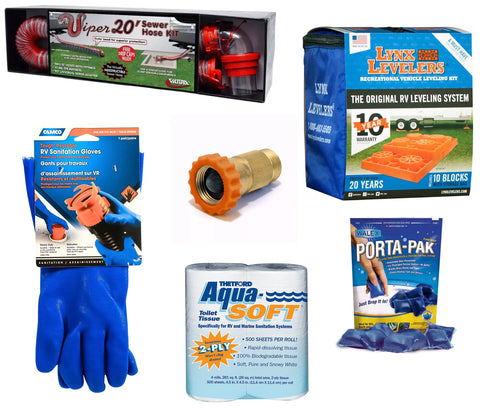
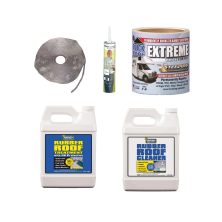
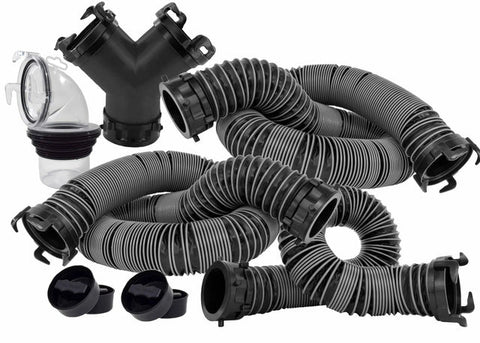
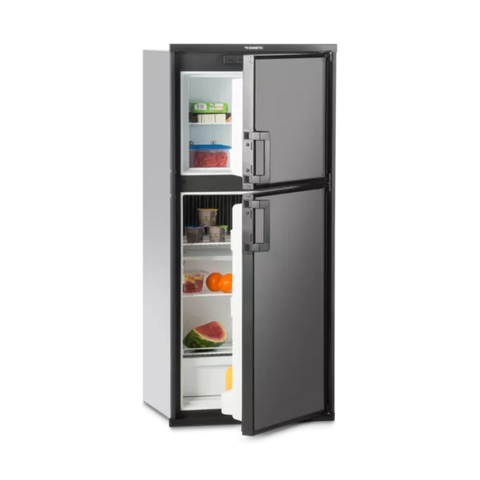
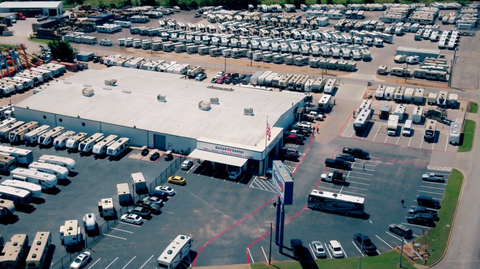
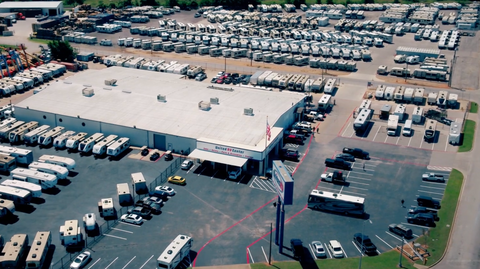
Comments (0)
There are no comments for this article. Be the first one to leave a message!